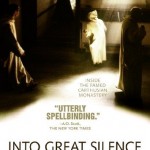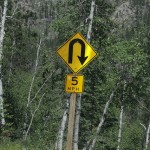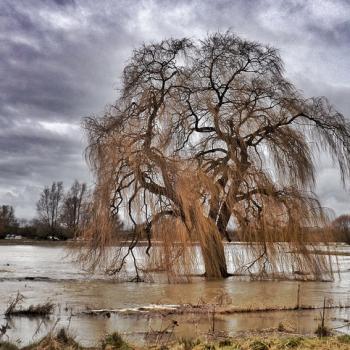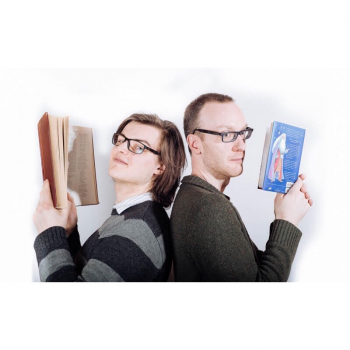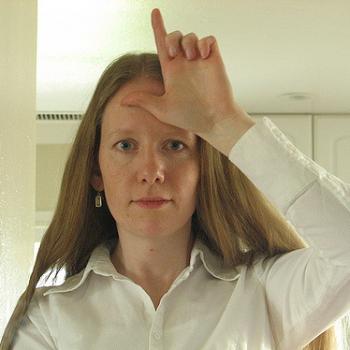We see Death himself. In Bergman’s memoir Images: My Life in Film, he wrote of the artistic risk of how he chose to represent Death visually:
Bengt Ekerot and I agreed that Death should have the features of a white clown. An amalgamation of a clown mask and a skull. It was a delicate and dangerous artistic move, which could have failed.
The skull and clown summarize the two approaches that humans tend to take in trying to reconcile themselves to the reality of ultimate death: Will we just be merry and pretend that death is not real, or if it is, that it is something to be mocked (as the circus performers do)? Or will we fall deep into depression and fear as we contemplate the skull (as many of the other characters do)?
Speaking of that last option, we see the townspeople as they desperately attempt to regain the perceived lost favor of God. They do this by engaging in horrifying self-flagellation, processing through town on their knees, following a crucifix, singing plaintively and loudly and crying out for his mercy. A harsh fire-and-brimstone-style preacher browbeats them for their sinfulness, which he believes has brought the plague on them. The procession through town is incredibly earnest and longing. The easy directorial choice here would have been to make fun of these superstitious religious people: How could they be so stupid as to flagellate themselves rather than realizing the scientific reality at play? Bergman realizes the matter is not so simple. While never portraying the harshly expressed religion of the people as positive, he recognizes that the villagers are dead serious and in deep pain. They reflect human beings’ desperate search for meaning and an answer to the heartfelt question, “Why, God?”
One cannot simply reason away this question. It is persistent. I have known this ache; I have friends who have known this ache and who are experiencing it right now. Minimizing or making fun of the depth of agony found in these questions helps no one.
A pervasive image throughout the film is a shriveled, plague-inflicted Christ depicted on the town’s crucifix. Several times throughout the film, as characters desperately sought answers for the meaning of suffering and a the reason for the hiddenness of God, this crucifix would appear somewhere in the scene. And I could not help thinking that the answer to these painful questions was found in that crucifix. It brings to mind another scene, this one in Elie Wiesel’s haunting memoir about the Holocaust, Night. It is a scene that can be read one of two ways.

